Spiral Note book
₨500
# Understanding Copyright: What Works Are Protected and How to Use Them Legally
Copyright is a fundamental aspect of intellectual property law that affects creators across various fields. Whether you’re a filmmaker, writer, artist, or software developer, understanding which works are protected by copyright and how you can use them is crucial.
## What Types of Work Are Subject to Copyright?
Copyright ownership grants creators exclusive rights to their original works, as long as these works are fixed in a tangible medium. Here’s a rundown of the types of works eligible for copyright protection:
1. **Audiovisual Works**: This includes TV shows, movies, and online videos.
2. **Sound Recordings and Musical Compositions**: Whether it’s a catchy jingle or a full album, these creations are protected.
3. **Written Works**: Articles, books, lectures, and scripts all fall under this category.
4. **Visual Works**: Paintings, photographs, posters, and advertisements are all protected.
5. **Video Games and Computer Software**: These complex creations enjoy copyright protection as well.
6. **Dramatic Works**: Plays, musicals, and scripts are included here.
For more detailed information, the Copyright Office offers resources online, and consulting a lawyer can provide clarity tailored to your specific situation.
## Can I Use Content from a Copyrighted Work?
This is where it gets tricky. Copyright holders maintain control over how their works are used. However, there are some scenarios where you might use copyrighted material without infringing on their rights:
– **Permission from the Copyright Holder**: Always best to get written permission, ideally through a license agreement.
– **Creative Commons Licenses**: Some creators allow their works to be reused under specific conditions. Check the terms before using.
– **Fair Use**: In certain situations—like commentary, criticism, or educational use—you may be able to use copyrighted content without permission. If you’re unsure, consult a lawyer to assess whether your intended use qualifies.
### Common Misconceptions About Copyright
Many believe that stating “no copyright infringement is intended” protects them. Unfortunately, this is a myth. Copyright infringement is a strict liability offense, meaning the intention behind your actions doesn’t matter. Here are some common misconceptions:
– **Giving Credit**: Simply attributing the work to the creator doesn’t negate the need for permission.
– **Ownership of a Copy**: Owning a physical or digital copy doesn’t grant you rights to share that content publicly.
– **Non-Commercial Use**: Just because you’re not making a profit doesn’t mean your use is non-infringing.
– **Similar Content Online**: Just because others are sharing the same content doesn’t mean it’s legal; they may have obtained permission or be using it under fair use.
– **Self-Recorded Content**: Recording a show or song doesn’t grant you rights to the original work.
## Understanding Copyright, Trademark, and Patent
It’s essential to distinguish between different types of intellectual property:
– **Copyright** protects original works of authorship.
– **Trademark** protects brand names, logos, and slogans.
– **Patent** protects inventions and processes.
## Copyright and Privacy
Your image or voice in a video or photograph does not mean you own the copyright. For instance, if a friend takes a picture of you, they own the copyright to that image. If someone uses your likeness without permission and you feel it violates your privacy, consider filing a privacy complaint.
## Filing a Copyright Infringement Notification
If you believe your work has been infringed, you can file a complaint. Here are the requirements:
1. **Your Contact Information**: Include an email address or phone number.
2. **Description of the Infringed Work**: Clearly describe the copyrighted content.
3. **URLs of Infringing Content**: Provide specific URLs for each infringing instance.
4. **Affirmation Statements**: Confirm that your claims are made in good faith and are accurate.
5. **Signature**: Include your full legal name as your signature.
## Conclusion
Understanding copyright is essential for creators and consumers alike. By respecting copyright laws, you support artists and their work while protecting yourself from potential legal issues. For more guidance, check out the resources available from the Copyright Office or consult a legal expert. If you’re looking to register your own work or need assistance navigating copyright issues, consider [registering here](#).
Stay informed and create with confidence!
Description
General Inquiries
There are no inquiries yet.

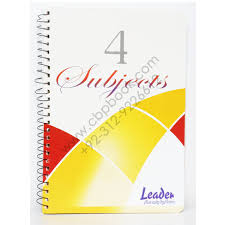
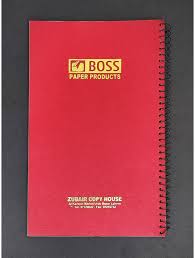
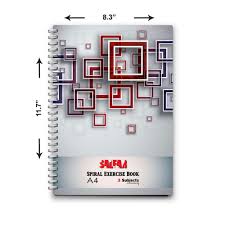
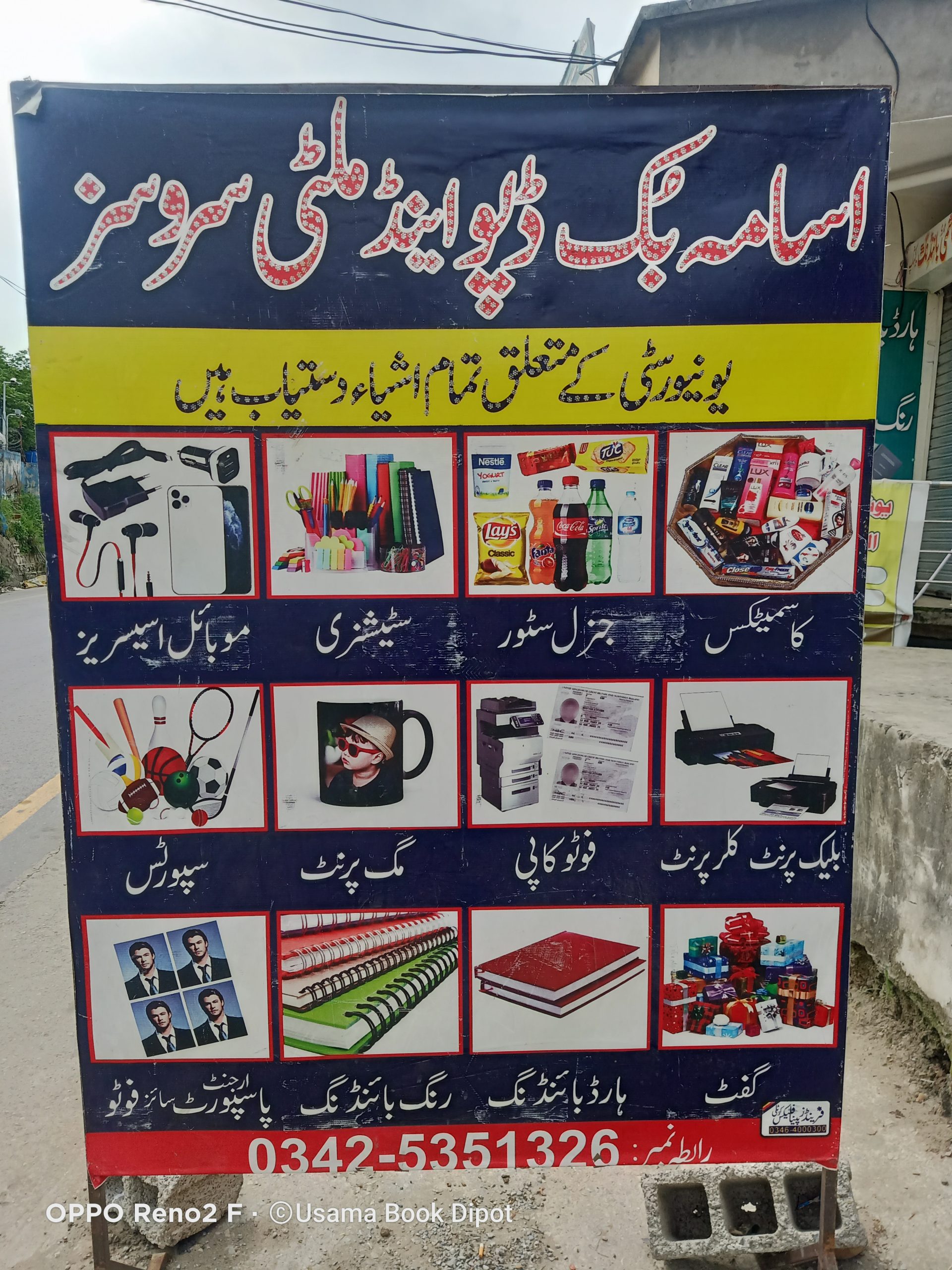
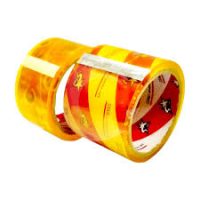
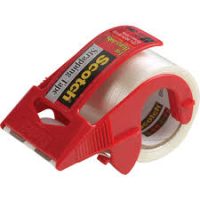
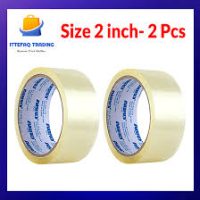
Reviews
There are no reviews yet.